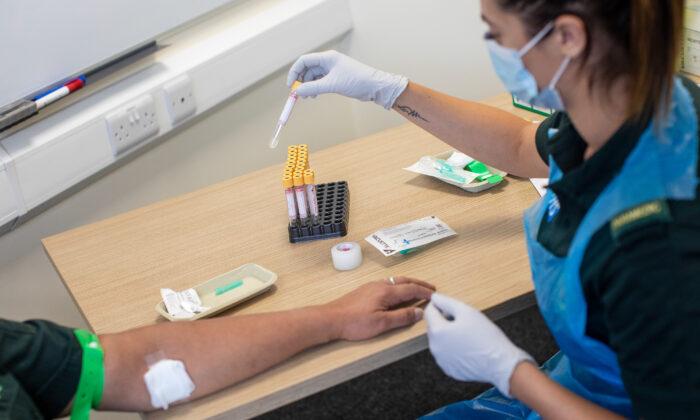A workplace intervention lets parents spend more time with their children—but affects mothers and fathers differently.
“These findings may encourage changes in the structure of jobs and culture of work organizations to support families,” says Kelly Davis, research assistant professor of human development and family studies at Penn State.
The research is part of the Work, Family and Health Network’s evaluation of the effects of a workplace intervention designed to reduce work-family conflict by increasing both employees’ control over their schedule and supervisor behaviors that support employees’ personal and family lives.
“The results show that we can change the way we work to improve family life,” says Davis. “Our study shows that the workplace intervention had an effect on families by increasing parents’ time with their children.”
39 More Minutes A Day
The Support-Transform-Achieve-Results (STAR) workplace intervention included:
- training supervisors to be more supportive of their employees’ personal and family lives,
- changing the structure of work so that employees have more control of their work time,
- and changing the culture in the workplace so that colleagues are more supportive of each other.
The researchers evaluated whether parents who participated in the STAR intervention reported significantly more daily time with their children compared with parents randomly assigned to a control group.
They found that parents in the STAR group exhibited a statistically significant increase in parent-child shared time—an additional 39 minutes per day on average—between the pre-test and the 12-month follow-up post-test. By contrast, parents in the control group averaged 24 fewer minutes per day with their child at the 12-month follow-up.
“Our study tested ideas from the work-home resource model, which holds that work demands can deplete parents’ resources, including their time and energy, with negative effects on their family functioning,” Davis says. “By contrast, increasing work resources can increase the resources parents use in their family lives.”
Work resources include supervisor support for personal and family life and flexible work schedules; parental resources include time available for children.
Moms And Dads
STAR affected mothers’ and fathers’ time with their children differently.
“Among the study’s findings was that mothers’ time with children increased more than fathers’,” Davis says.
Interestingly, mothers in this sample did not work significantly fewer hours per week—on average 46.24 and 46.59 hours per week for mothers and fathers, respectively—and work hours did not significantly change from pre-test to post-test for either mothers or fathers.
It seems mothers may have been more inclined to take advantage of the opportunities and supports afforded by the Support-Transform-Achieve-Results intervention to spend time with their children.
The researchers argue that a healthy and satisfied employee can benefit the workplace by improving the business bottom line through more effective and efficient work. The findings appear in Pediatrics.
Coauthors of the study are from Penn State, Ball State University, University of Minnesota, the Eunice Kennedy Shriver National Institutes of Child Health and Human Development, Portland State University, University of Southern California, Harvard School of Public Health, and Kaiser Permanente Center for Health Research.
The National Institute of Child Health and Human Development funded this study.
Source: Penn State. Republished from Futurity.org under Creative Commons License 4.0.




